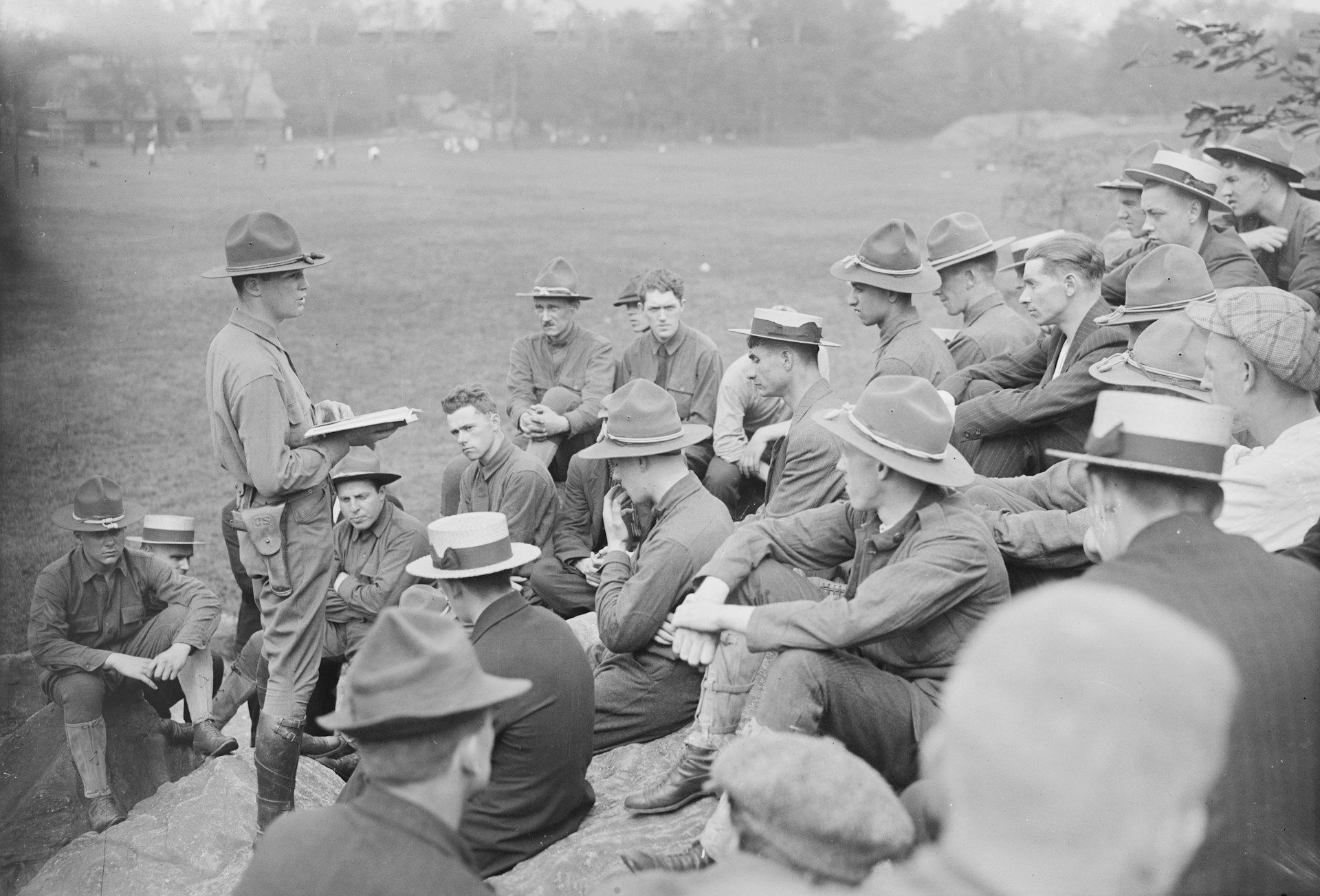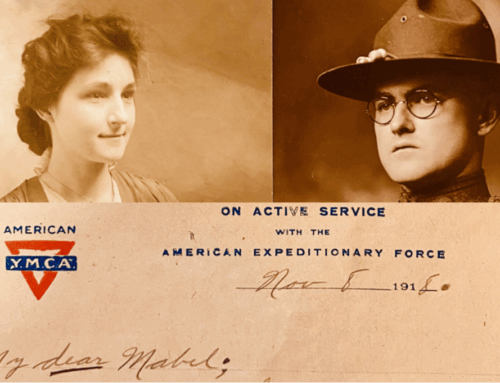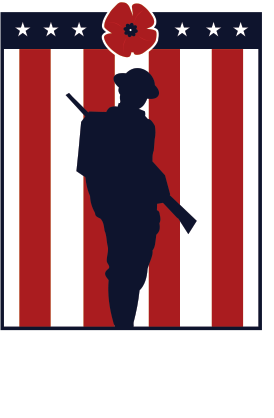Tracing Family Roots: Moving to Explore Ancestors’ WWI Experiences
Published: 12 November 2025
By Shawn Macky
Special to the Doughboy Foundation website

Tracing Family Roots Moving to Explore Ancestors’ WWI Experiences (1)
Some people move for jobs, others for love. But a small, curious group packs up boxes for something else – an echo. They move to explore ancestors’ WWI experiences, following faint stories across borders and generations. For them, the act of relocation is less about geography and more about continuity. Streets, fields, and old train stations become living archives. The air holds family residue – loss, otherworldly courage, and the strange poetry of survival. Let’s take a closer look!
The Pull of Memory To Explore Ancestors’ WWI Experiences
Here’s the thing: what motivates people to move today often feels less practical and more emotional. A century ago, the Great War forced millions to scatter. Now, descendants trace that dispersal backward, closing the loop. They arrive in towns where names match those written in faded cursive on military letters. They stand where grandfathers once marched or where great-grandmothers waited for news that didn’t come.
Moving through history has its own rhythm. There’s paperwork and packing, but also a sense of pilgrimage. People bring laptops, but also family photographs wrapped in linen. They rent small apartments in cities once torn by shellfire. They learn old dialects to speak to local historians who still remember tales told by grandparents. The move isn’t fueled by nostalgia – it’s driven by the human urge to understand origin, to make time tangible.
And then, unexpectedly, a kind of intimacy forms. Between the living and the dead. Between the researcher and the researched. The city becomes a character in the family story, its cobblestones carrying both grief and grace.
The Residue of a Century
WWI ended more than a hundred years ago, but its echoes still hum beneath Europe’s surface. Forbes once noted that the war’s reverberations remain with us today, shaping migration, politics, and even the way we remember. The conflict redrew maps and altered surnames. Entire bloodlines shifted because of a single battle.
When descendants move to the regions their ancestors once left, they encounter these reverberations firsthand. A farmhouse in France that once hosted soldiers may now serve as a vacation rental. The same fields that swallowed divisions now grow vineyards. Life carried on, but the soil remembers.
In Belgium, France, Serbia, and beyond, entire communities have grown around remembrance. Memorial towns offer guided walks past preserved trenches and reconstructed barracks. Local archives keep records so detailed that one can trace the morning routine of a soldier in 1917. And yet, nothing quite matches standing there yourself – feeling wind across land that once trembled under artillery fire.
The move becomes an exercise in empathy. The traveler begins to understand what courage might have felt like in cold rain or how silence must have sounded after bombardment. It’s one thing to read history; it’s another to walk through its shadow.
Ghost Towns That Still Breathe
Many villages were abandoned during the war, and some remain partially deserted. They attract historians, artists, and ordinary descendants alike. People move into nearby towns to be closer to these vanished places. Ruins serve as classroom walls; trenches become gardens. It’s a strange coexistence – daily life stitched through memory.
Local families sometimes host newcomers with uncanny familiarity. A last name, once foreign, reappears after a century. The baker recognizes it, the librarian smiles. A surname can restart an old conversation. The local museum curator often becomes a friend. Together, they rebuild family stories missing from official archives.
Some movers document everything – scanning old photos, creating blogs, recording oral histories. Others prefer the quiet method, visiting a grave once a week, leaving wildflowers instead of flags. Both approaches share a common purpose: continuity. By relocating, they anchor remembrance in physical space. They turn history into a neighbor rather than a distant teacher.
The Geography of Inheritance
Relocating to explore wartime roots reshapes a person’s relationship with geography. Boundaries lose meaning when ancestry crosses them. The act of moving becomes symbolic, connecting one set of footsteps to another, separated by a century.
Every old house carries small clues – initials carved into beams, ration cards hidden behind wallpaper, bullet marks under paint. Movers often discover unrecorded details: a relative’s handwriting in a parish book, a photograph mislabeled for decades, or the faint remains of a family crest above a door. Each discovery feels intimate, as if time allowed them to meet halfway.
Sometimes, those who move find contradictions, too. The heroic story told at home might dissolve into something more human. Fear, hesitation, disobedience. But even that brings truth. The move teaches that history isn’t just about medals and victories – it’s about people who made difficult choices under impossible conditions.
Modern Echoes in Motion
This new type of relocation doesn’t involve large-scale migration. It’s subtle and personal. Retirees move to quiet villages in Normandy. Young couples buy crumbling houses in rural Italy because a great-grandparent once marched there. Remote workers choose Ypres or Verdun over metropolitan centers.
Governments and historical associations encourage it. Programs offer incentives for the restoration of war-affected heritage sites. Towns gain residents who care about preservation. The result is a gentle revival of places once emptied by war. New life grows among memorials, and with it comes economic and cultural renewal.
For many movers, the change feels therapeutic. Living where their ancestors fought or healed transforms abstract memory into something practical. They contribute to local life – teaching, volunteering, cataloguing archives. They honor history not by observing it, but by coexisting with it.
In this way, relocation becomes a kind of living tribute. The modern world, always moving forward, pauses for a moment to remember who built the ground it walks on.
How Families Stitch Time Together
The process of tracing family history through relocation and the will to explore ancestors’ WWI experiences blurs the line between research and residence. Old military letters gain addresses again. Photographs return to their original backdrops. The descendants become caretakers of memory, continuing conversations left unfinished by war.
This form of moving creates cross-generational continuity. Children grow up hearing family stories surrounded by the same geography that shaped them. They attend commemorations not as visitors but as locals. Memory becomes domestic, folded into everyday life.
Technology amplifies the effort. Online archives guide people to specific regions. Genealogical databases connect relatives scattered across continents. Yet even with digital precision, the emotional part remains analog – wind, soil, light, and the smell of rain over battlefields.
Relocation gives these discoveries a home. It transforms research into a daily experience. And, as odd as it may sound, it restores agency to memory itself.
Living History, Breathing Present
Every move tells two stories – the one that began a century ago and the one continuing now. The people who relocate to explore their ancestors’ WWI experiences remind us that memory doesn’t belong in museums alone. It lives in kitchens where bread rises, in schools built on old barracks, in conversations with neighbors who never forgot.
They move not to escape, but to connect. They unpack boxes filled with both the past and the present, arranging them side by side until history feels close enough to touch.
In doing so, they keep the First World War from fading entirely. They turn names etched on monuments back into people with addresses, voices, and favorite songs. Their relocation rewrites absence into presence. And through that act, the past breathes again.
Shawn Macky is a WWI historian who studies how personal stories shape collective memory. He writes about war’s lingering traces in modern life and the power of remembrance.
External Web Site Notice: This page contains information directly presented from an external source. The terms and conditions of this page may not be the same as those of this website. Click here to read the full disclaimer notice for external web sites. Thank you.




